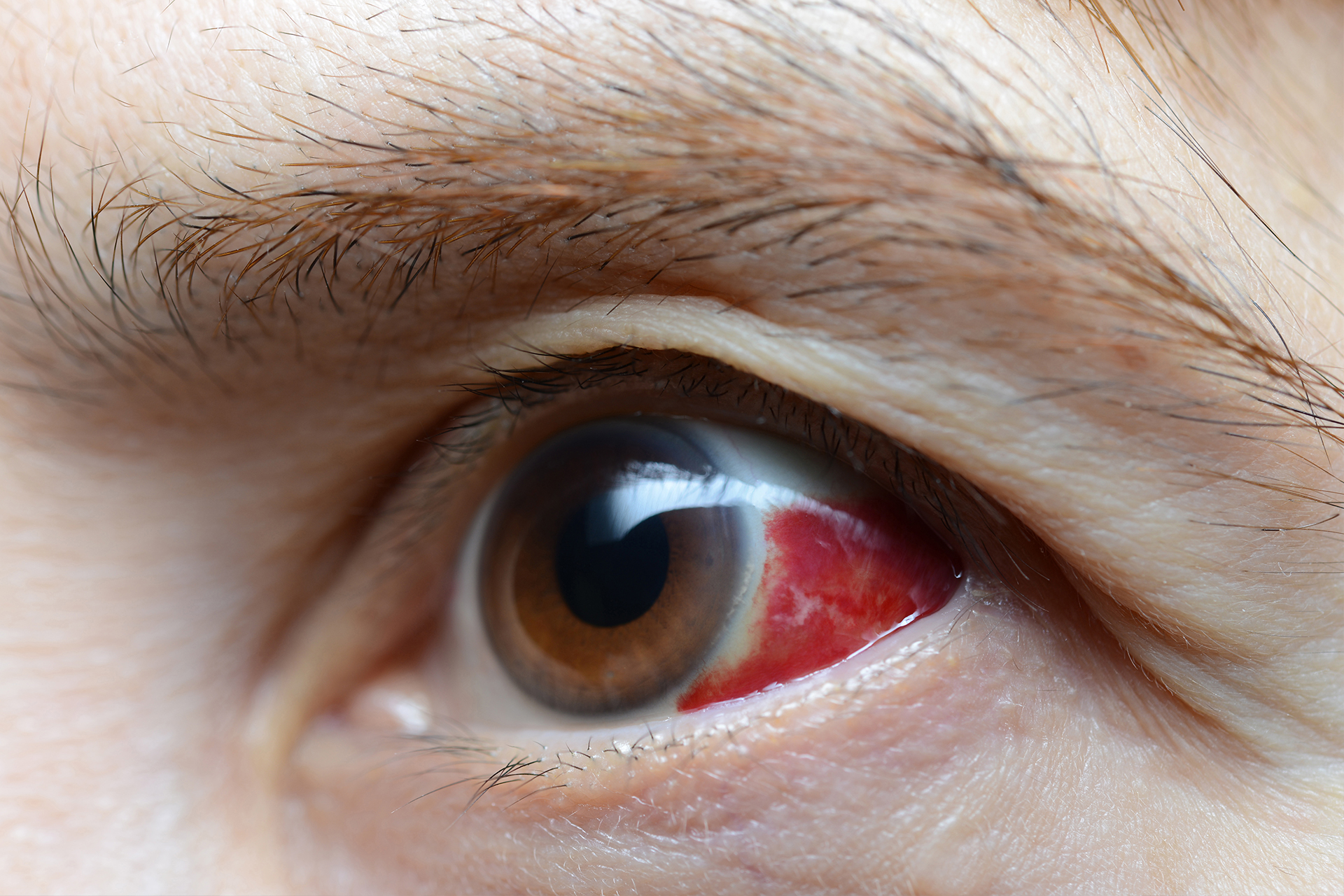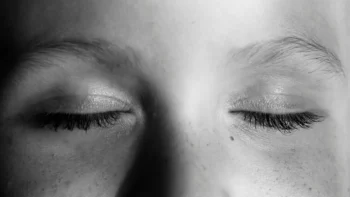Waking up to a striking red patch on the white part of your eye in the morning is nothing short of alarming. Also known as subconjunctival hemorrhage or a blood spot in the eye, this condition is often harmless and painless. However, it can also be a sign of an underlying health issue or a side effect of certain medications. In this article, we’ll explore 9 reasons why you might have it, potential ways to manage it, and when you should consider seeing a healthcare professional.
What Is A Blood Spot in the Eye?
When a tiny blood vessel breaks between the sclera (white portion of your eye) and the conjunctiva, the clear lining that covers your eye, it causes a subconjunctival hemorrhage. This red spot forms because the conjunctiva has a slow blood absorption rate, so the blood gets trapped for a while until the eye can reabsorb it. You can think of it as something similar to a bruise on your skin, but it shouldn’t hurt at all. You may notice that there is a sensation of “fullness,” or a feeling of “grittiness” on the surface of your eye as your eyelid passes over it, but it shouldn’t lead to any changes in your vision or eye discharge. Eventually, as the blood gets reabsorbed back into the tissue of the eye, the red will fade to orange and then yellow.
9 Reasons For Subconjunctival Hemorrhage In Patients
While the exact cause of a subconjunctival hemorrhage isn’t always clear, this is just simply because the tiny blood vessels in your eyes are quite delicate and can rupture for any number of reasons. Here are the most common reasons why a blood spot in your eye may form:
- You recently had a powerful sneeze take you by surprise.
- You have a seizure disorder.
- You had a violent cough from a cold, or were vomiting from nausea.
- You had a viral or bacterial infection in the eye (conjunctivitis).
- You’re taking medication for diabetes, or high blood pressure (rare).
- You have a blood clotting disorder and are on blood thinning medications like Aspirin or Coumadin.
- Overly straining yourself while constipated (shutting your eyes hard) can do it.
- The eye was subjected to injury via excessive eye rubbing, contact lenses, or through foreign object trauma, or physical assault.
- Likewise, you set a new personal best in weight lifting and were under a lot of strain (causes an increase of pressure in the conjunctival veins).
A healthcare professional can diagnose subconjunctival hemorrhage just by observing the eye. However, if it was caused by trauma to the eye, a comprehensive eye exam is needed to ensure there isn’t underlying damage. In most cases, no additional treatment is necessary other than waiting it out, as the blood will eventually be reabsorbed into the eye (2-3 weeks) and the blood spot will disappear.
3 Ways You Can Manage A Red Blood Spot in the Eye
- Avoid rubbing your eyes, as this can make the bleeding worse and delay healing. If caused by contact lenses, avoid wearing these until the blood spot has cleared up.
- If caused by an infection in the eye, you may want to use artificial tears to lubricate the eye and help soothe it. They can also help flush/keep out foreign particles that may irritate your eye and cause you to rub them. Just make sure the drops are sterile and preservative-free before use.
- In the first 2–3 days of healing, a cold compress may help reduce swelling and inflammation in the eye. Do not use anything frozen directly on the eye, and do not put pressure on the eye. Use a clean cloth soaked in cold water or wrap ice in it, leaving it on for no more than 10 minutes at a time.
If your eye’s blood spot is accompanied by pain, vision changes, headaches, nausea, vomiting, or a fever, you should seek medical help. This could be a sign of a serious health condition or trauma to the eye that needs urgent treatment. Experiencing recurrent subconjunctival hemorrhages or blood spots that don’t disappear within 2–3 weeks, is also a good reason to reach out to a doctor.
***
Don’t wait for the blood to be reabsorbed – take proactive steps to ensure there isn’t any underlying damage. Contact Brimhall Eye today for a comprehensive eye exam and expert advice on managing your subconjunctival hemorrhage.





